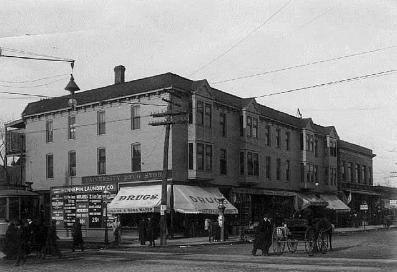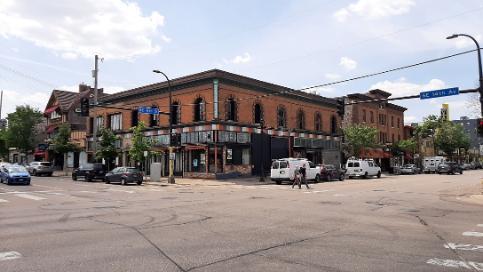The Dinkytown Commercial Historic District includes commercial buildings that were developed along a streetcar line near the University of Minnesota. This was one of many streetcar commercial areas within Minneapolis and across the country.
The streetcar was a new mode of transportation. People could move farther from the city center and travel safely and efficiently to work downtown. Retail grew at streetcar stops. Those at home could walk to markets farther from the industrial centers of the city. In the early 1900s, as this intersection developed, the University of Minnesota also grew. Businesses emerged to serve the University community.
A railroad corridor runs just south of this commercial hub. It is set within a trench, well below street level. The railroad linked this area to other industries and businesses in Minneapolis and St. Paul. Bridges over the trench connect Dinkytown with the University and surrounding areas.
The area continued to grow and change in later years. After World War II, the University student body and the overall economy boomed. The streetcar stopped running in 1954. World events have led to protests and gatherings here. Student interests have influenced the retail options. It continues to be an important place for the University community and beyond.



